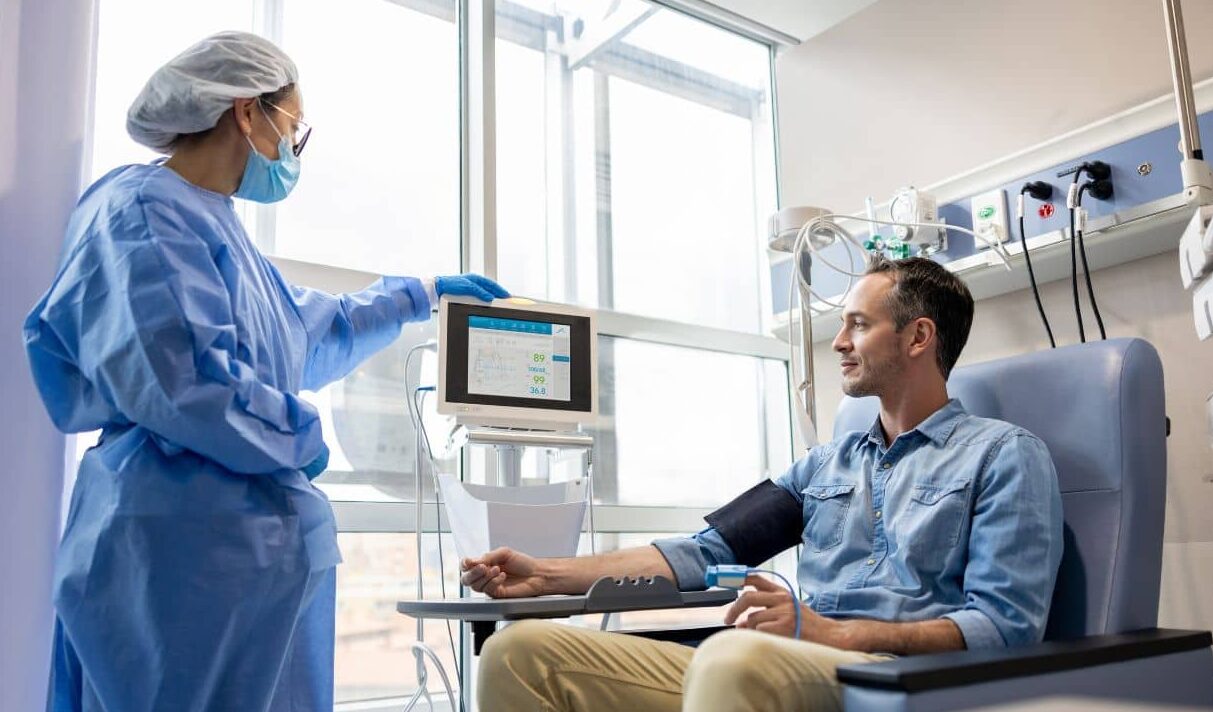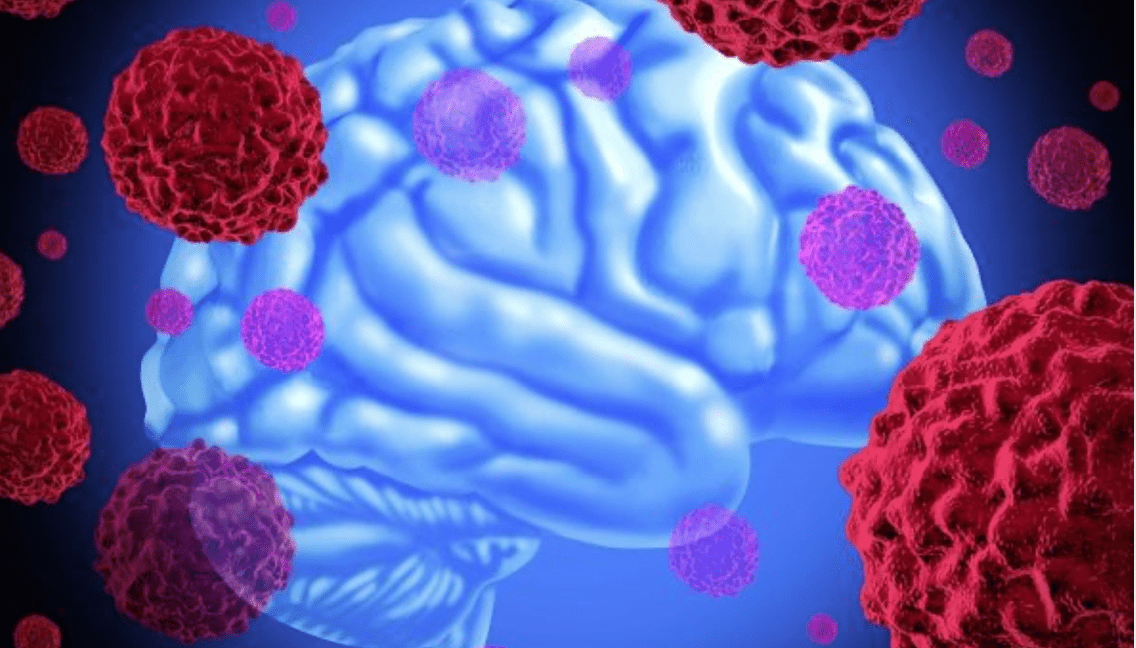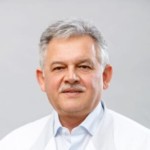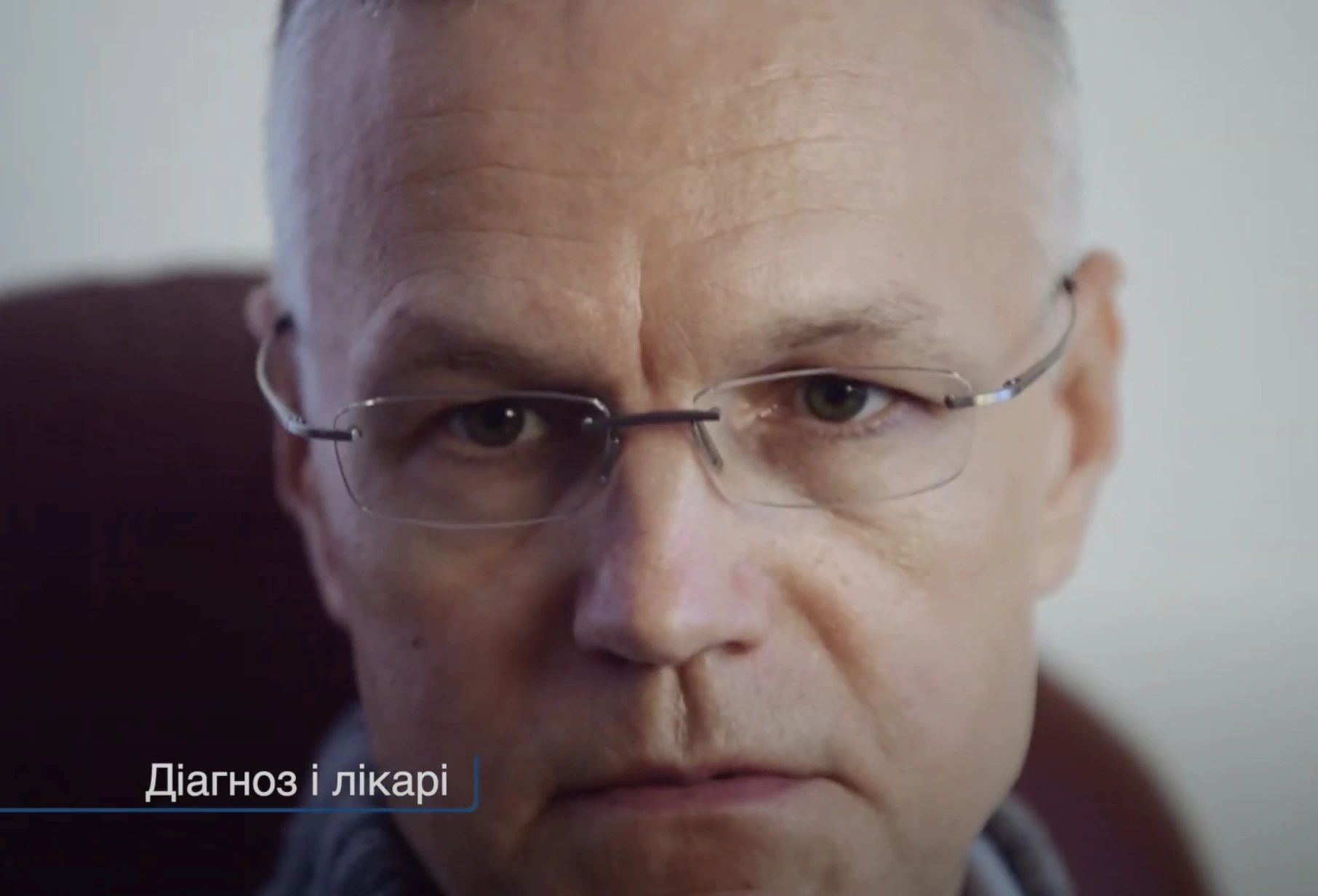-
 News
When glucose levels are low, chemotherapy ceases to affect cancer cells
News
When glucose levels are low, chemotherapy ceases to affect cancer cells
-
 News
Excessive treatment of prostate cancer in older men may reduce quality of life without increasing its duration
News
Excessive treatment of prostate cancer in older men may reduce quality of life without increasing its duration
-
 News
Brain cancer can be cured by viruses
News
Brain cancer can be cured by viruses
-
 News
Ways to reduce lymphatic pain in breast cancer have been found
News
Ways to reduce lymphatic pain in breast cancer have been found
-
 News
Scientists have turned bacteria into a powerful weapon against cancer
News
Scientists have turned bacteria into a powerful weapon against cancer
All news
Brain tumor treatment
A brain tumor is a group of diseases with different symptoms, treatment approach, and prognosis.
Some tumors are completely harmless and completely asymptomatic — for example, about 30% of women have pituitary prolactinoma, however, only a few ofthem require medical care. Others, such as glioblastoma, tend to grow rapidly and aggressively affect the surrounding organs and blood vessels, while the prognosis is unfavorable.
This type of formation is extremely difficult to diagnose. The brain is surrounded by the cranium, so the space for manipulation is from several mm to several cm, and sometimes the area needed for diagnosis is completely inaccessible for biopsy, since the risk of damage to the visual, auditory, motor nuclei or other important parts of the brain exceeds the benefit.
Also, it should be noted that the classification of a brain tumor as benign is relative, since many of these tumors are capable of becoming malignant.
MedTour patients recommend clinics for the treatment of brain tumor:
Doctors for the treatment of brain tumor
Patient reviews
Frequently Asked Questions
All tumors, regardless of the rate of growth, type of formation and their nature, have an important common feature-they are located directly in the brain tissue or in the meninges. This means that they can interfere with normal brain circulation and cause astroke or destroy vital structures as they grow.
Another distinctive feature is the presence of such a nervous system-specific component of immunity as the BBB-the blood-brain barrier. The BBB exists to protect the nervous system from infections and immune cells.
However, because of this barrier, drugs for chemotherapy are also almost impossible to get into the brain tissue and have their effect there.
- Neurofibromatosis type 1 or 2,
- Bourneville’s disease,
- Hippel-Lindau disease,
- Lee-Fraumeni syndrome,
- Brain tumors in relatives,
- Tuberous sclerosis,
- Basal cell nevus syndrome,
- Turco syndrome.
Astrocytoma
A tumor of astrocytes-cells that are needed to feed neurons and restore them if necessary. Its benign forms are pilocytic astrocytoma and diffuse astrocytoma, malignant astrocytoma-fibrillar astrocytoma, anaplastic astrocytoma and the most
malignant variant-glioblastoma.
Brain stem glioma
It is formed from the main auxiliary cells of the brain, called
neuroglia (about 40% of them), which create the microenvironment of the neuron and are necessary for metabolic processes in it, learning of the neuron and the passage of a nerve impulse. It is capable of passing into a malignant
form — glioblastoma.
Ependymoma
Consists of cells of the ventricles of the brain, mainly found in children and young people. It is the third most common malignant brain tumor in children. It affects the cerebellum, brain stem, spinal cord and often occurs in the posterior cranial
fossa. Sometimes can spread through the cerebrospinal fluid.
This tumor is malignant. It is treated with a combination of surgical treatment and radiation therapy.
The survival rate for ependymoma is 50-70%.
Oligodendroglioma
Brain tumor that occurs mainly in adults and more often in
men (ratio 3/2). It arises from oligodendrocytes, which belong to the neuroglia.
It accounts for about 3% of all brain tumors. It is localized mainly in the cerebral cortex and along the walls of the ventricles. it is less common in the cerebellum, optic
nerves, and brain stem. The appearance of cysts around the tumor is characteristic. It
can grow completely asymptomatic for up to 5 years.
Types of
oligodendrogliomas:
Oligodendroglioma (grade II malignancy),
Anaplastic oligodendroglioma (grade III malignancy),
Mixed oligoastrocytoma (grade III malignancy),
Subsequently transformed into glioblastoma. Often associated with the TCF12 mutation. It is treated mainly by surgery, the safest way for the patient is the use of radiosurgery (Cyber-Knife). The average relapse-free period is 5 years, and the
10-year survival rate is 30-40%.
Meningioma
In 10-15% of cases, malignant, in other cases, a benign tumor of the brain and spinal cord. The overall incidence is three times higher in women, but the malignant form is more common in men.
Histological types of the tumor:
- Grade-1 — 1-i degree of malignancy, is 94.5
% of all cases. These are benign, slow-growing formations that do not affect thesurrounding tissues. They are characterized by a favorable prognosis and a low
frequency of relapses. - Grade-2 — 2-I degree of malignancy, 4.7 % of cases. They are characterized by moreaggressive and rapid growth, a high recurrence rate, and a less favorable prognosis.
- Grade-3 — 3-I degree of malignancy, 1% of cases. Malignant neoplasms with an unfavorable prognosis, a high frequency of recurrence, rapidly growing and involving the surrounding brain tissue in the process.
Treatment: formations up to 4 cm are exposed to radiation on a Cyber Knife, the rest are operated on in an open way.
Prognosis: 70-90% of patients survive for 5 years. However, it should be remembered that 3% of benign meningiomas and 78% of malignant ones recur after treatment.
A schwannoma (neurinoma)
Is a tumor that arises from the Schwann cells needed to
support and isolate the nerve. It is characterized by slow growth and affects the nerves of the head, neck, upper and lower extremities. It is often found in the auditory nerve.
It is subject to surgical treatment, most often the tumor can be removed radiosurgically.
Cranopharyngioma
Is a benign brain tumor that accounts for 6% of all brain tumors in children aged 5-14 years. They consist of dense tissue and fluid-filled cysts. They often develop near the pituitary gland and hypothalamus. They are removed by open surgery or radiosurgery. Ten-year survival after treatment is 80-90%.
A germinoma
Is a tumor of germinogenic (embryonic) cells that belongs to the group of tratomas (see the article Teratoblastoma).
- he main method of treatment of brain tumors is radiosurgical. Most domestic clinics are not equipped with linear accelerators, and those linear accelerators that exist do not simultaneously have the functions of 3D visualization and IMRT (correction of the beam movement in accordance with the patient’s breathing), so as not to create a risk of damage to the optic nerve, respiratory center and other brain structures.
- The decision on whether a tumor needs nerve plasty and neurosurgery should be made jointly by neurosurgeons and radiation therapists — there is no such practice in the CIS
countries. If neurosurgical surgery is still required, performing it on a da Vinci robot without sawing the skull usually does not lead to disability of the patient. - The decision on chemo and targeted therapy is made on the basis of a molecular genetic study, and not just a diagnosis of a particular tumor.
The symptoms of brain tumors are varied and depend on the tumor, but the common ones are:
- Headache, especially if it becomes more frequent, progresses and ceases to be relieved by painkillers,
- Nausea, vomiting,
- Memory impairment
- Loss of visual fields, decreased vision,
- Loss of sensitivity or motor ability of one or more limbs,
- Confused consciousness,
- Hearing loss,
- Change in body weight,
- Lack of appetite,
- Rapid fatigue,
- Dizziness,
- Visual, auditory, or olfactory hallucinations
As a rule, with brain tumors, several symptoms occur at once.
What are the current standards for the diagnosis and treatment of brain tumors in 2021
What is the diagnosis of brain tumors?
Diagnosis of brain tumors includes:
- Examination by a neurologist,
- Examination by an ophthalmologist — wherever the tumor is located, it is very important to assess its effect on the optic nerve, and an examination of the fundus can also give some information about the state of the brain,
- CT or MRI with intravenous contrast — often both methods are required,
- Biopsy — a biopsy is taken in a minimally invasive way, after which the taken tissue is examined under a microscope and the mutations characteristic of this tumor, if any, are determined and a diagnosis is made. However, in rare cases, taking a biopsy is not possible due to too much trauma of the procedure, in such cases, the diagnosis is made
by the presence of biochemical markers of the tumor, - Hormone analysis if the tumor produces hormones (prolactinoma, sometimes craniopharyngioma),
- PET-CT or whole-body CT with intravenous contrast — brain tumors rarely metastasize outside the brain, but this situation is possible, and in these cases, these research methods are used.
What are the modern methods of treatment of brain tumors
Treatment of brain tumors depends on whether this tumor is benign or malignant, on its size, location in relation to other structures and similar factors, Methods that are used most often:
- Radiosurgery-performed on a linear accelerator (Cyber knife, Gamma knife, proton therapy) and allows you to remove the tumor without resorting to violating the integrity of the skull bones. The best method of treating such formations, but has limitations. Not all linear accelerators can remove tumors located close to vital structures without destroying them. In addition, the size of the education is also a limitation.
- Open surgery-performed when radiosurgical treatment is not possible for one reason or another (the location of the tumor, the patient has exhausted a safe dose of radiation therapy). It does not always allow you to completely remove the tumor.
- Chemotherapy and chemoradiotherapy-performed for malignant brain tumors, but often has little effect due to the blood-brain barrier (see blood-brain barrier).
- Targeted therapy – it is used if there are highly specific and highly effective drugs for this type of tumor, they are prescribed only for malignant tumors.
Published:
Updated:


Information on this webpage verified by the medical expert









Does Ralf buhl also remove brain lipomas?